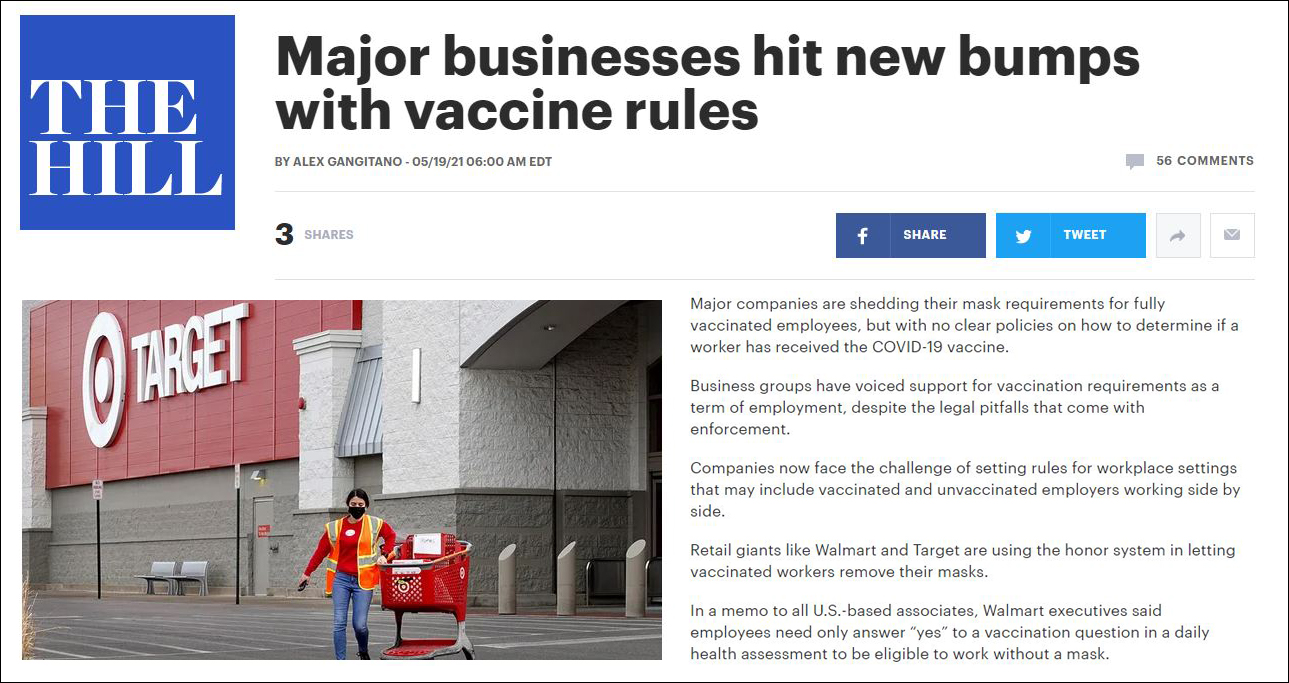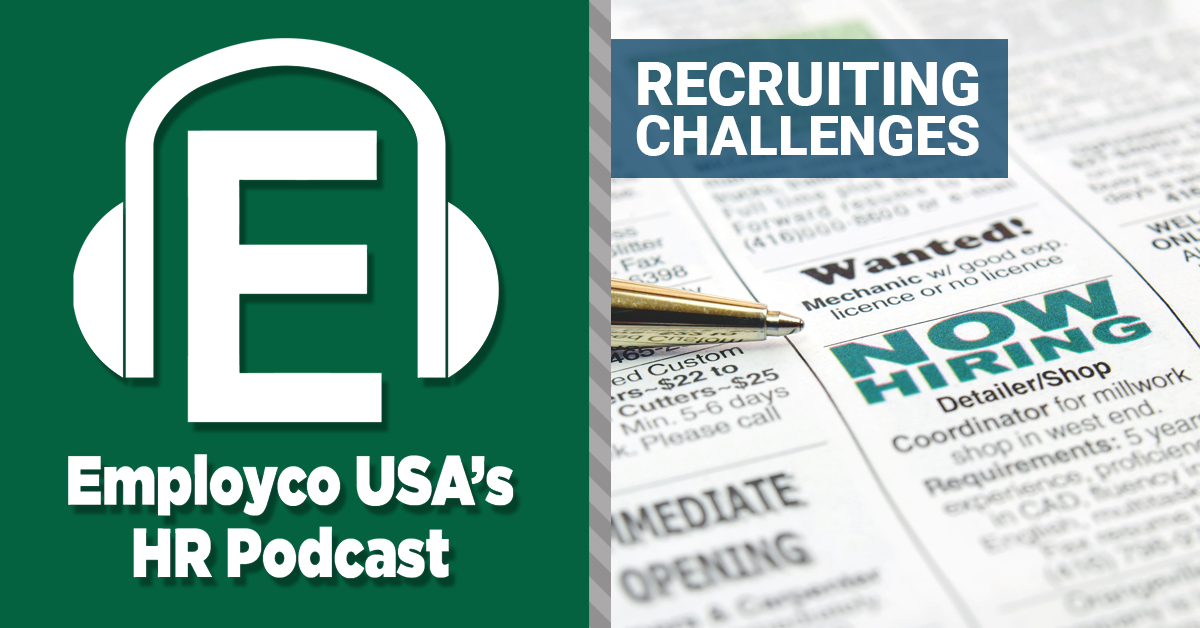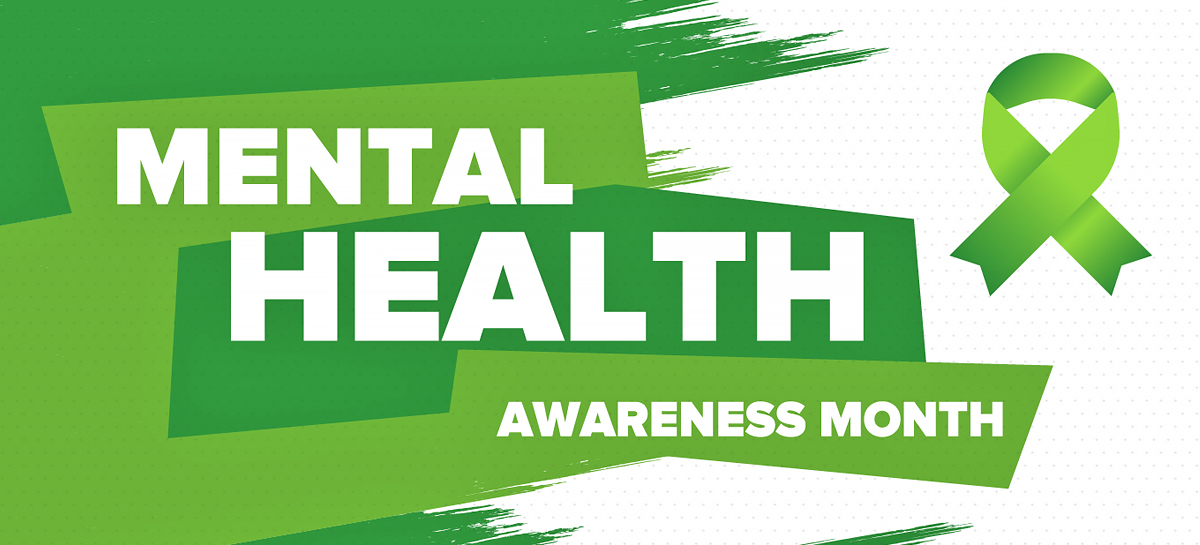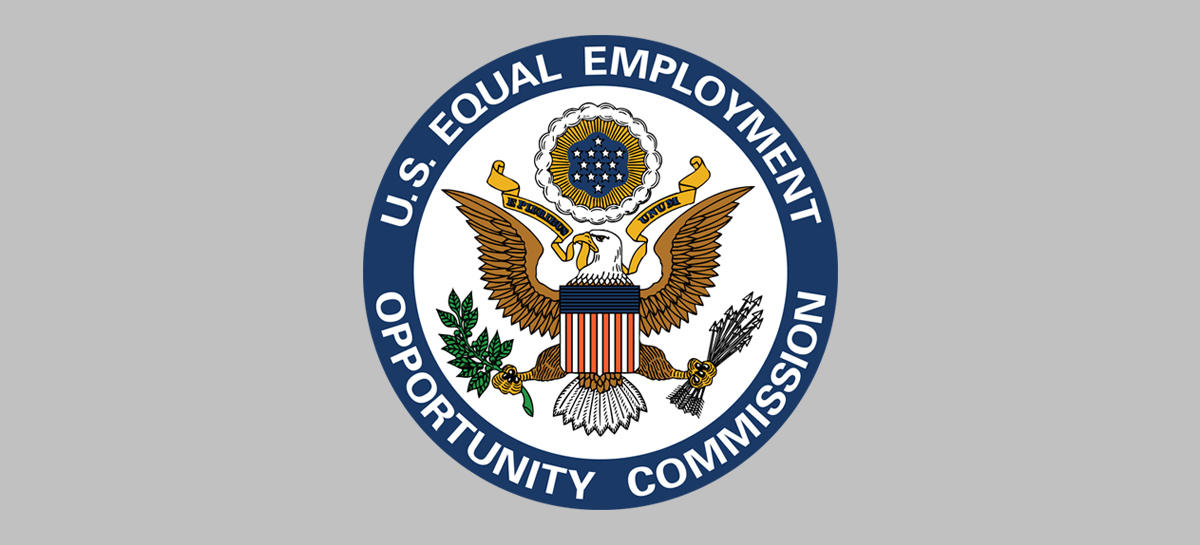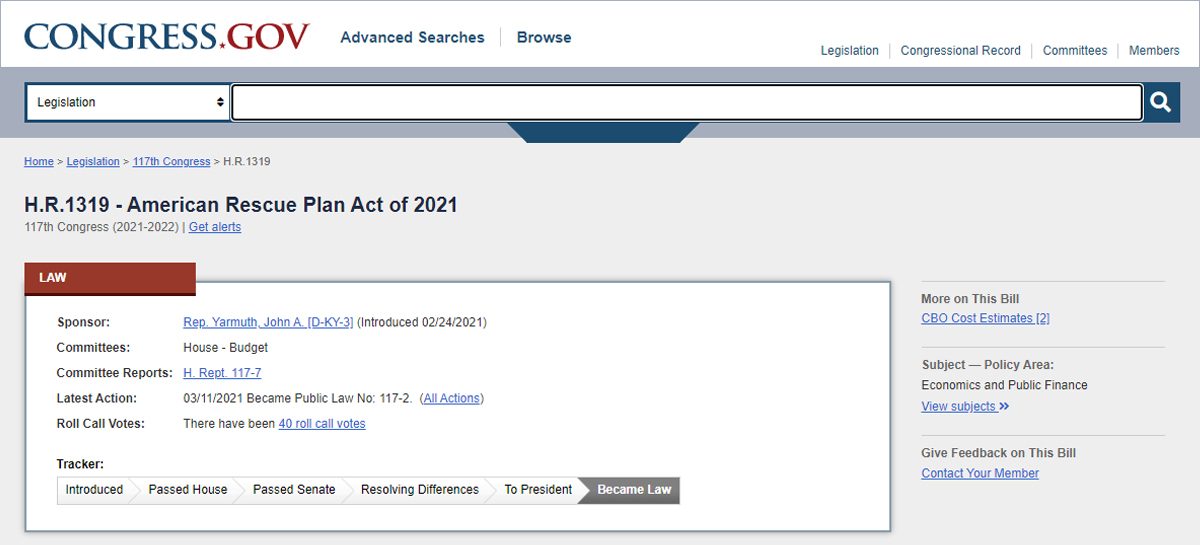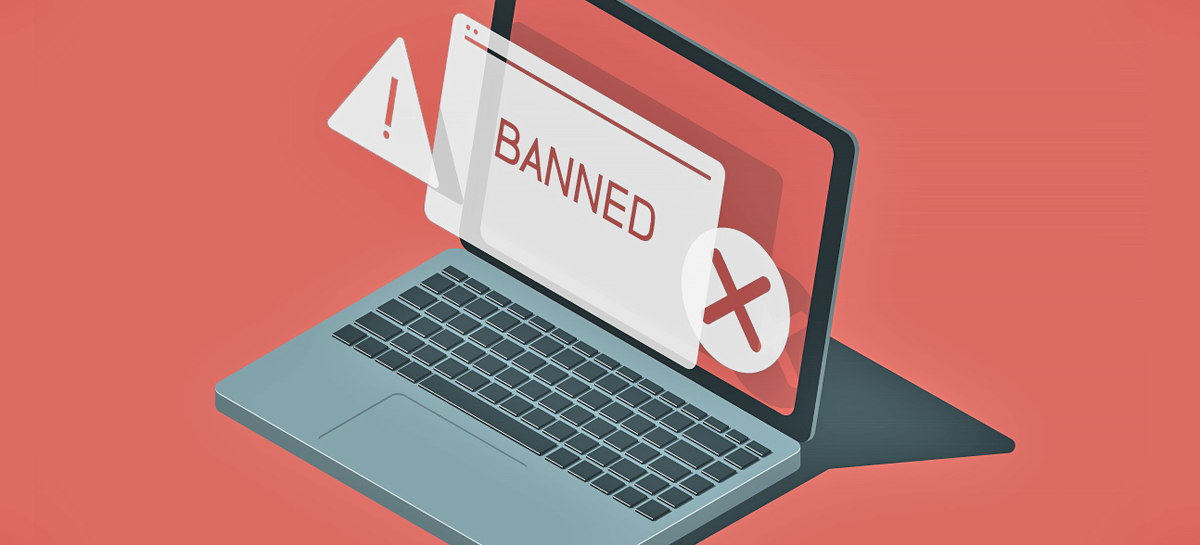
Expressing oneself is a right afforded to every American, no matter where that expression takes place, right? When it comes to the workplace, the answer is: It depends.
Over the past month, Chicago software firm, Basecamp, has gone from banning political and societal discussions on the company’s workplace tools, to discovering that one-third of its employees left the company following buy-out offers. The company’s CEO, Jason Fried, sent a follow-up memo to employees on May 4, 2021 apologizing for some of the events that unfolded, but indicated that the ban is here to stay.
Employers have a responsibility to promote inclusiveness and encourage respect among employees. Unfortunately, political and societal expression can have the opposite effect. In certain instances, such as when an employee’s expression disrupts or harms productivity in the workplace, private sector employers may choose to limit such expression.
Continue reading →
 Last year, more than
Last year, more than 